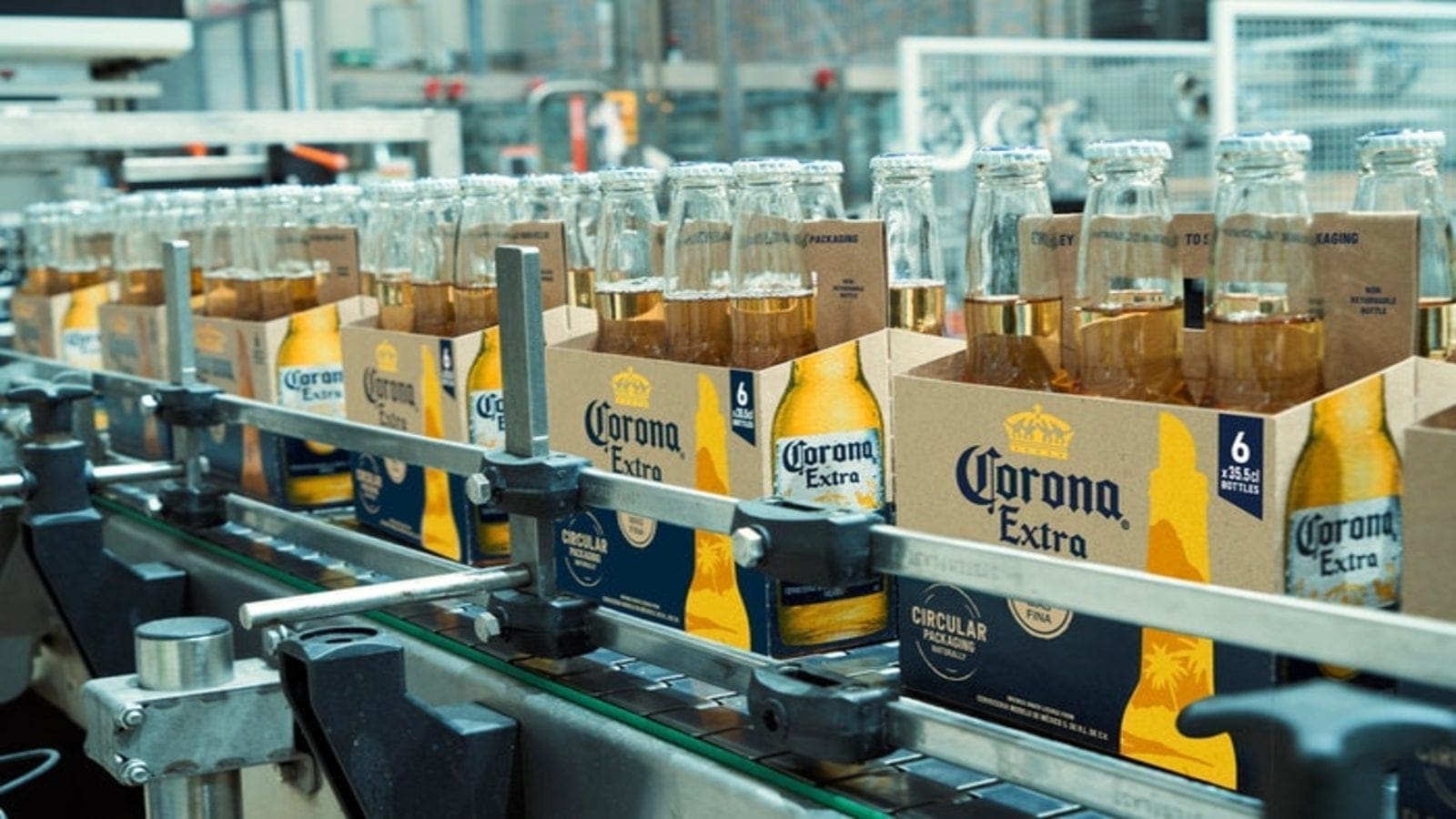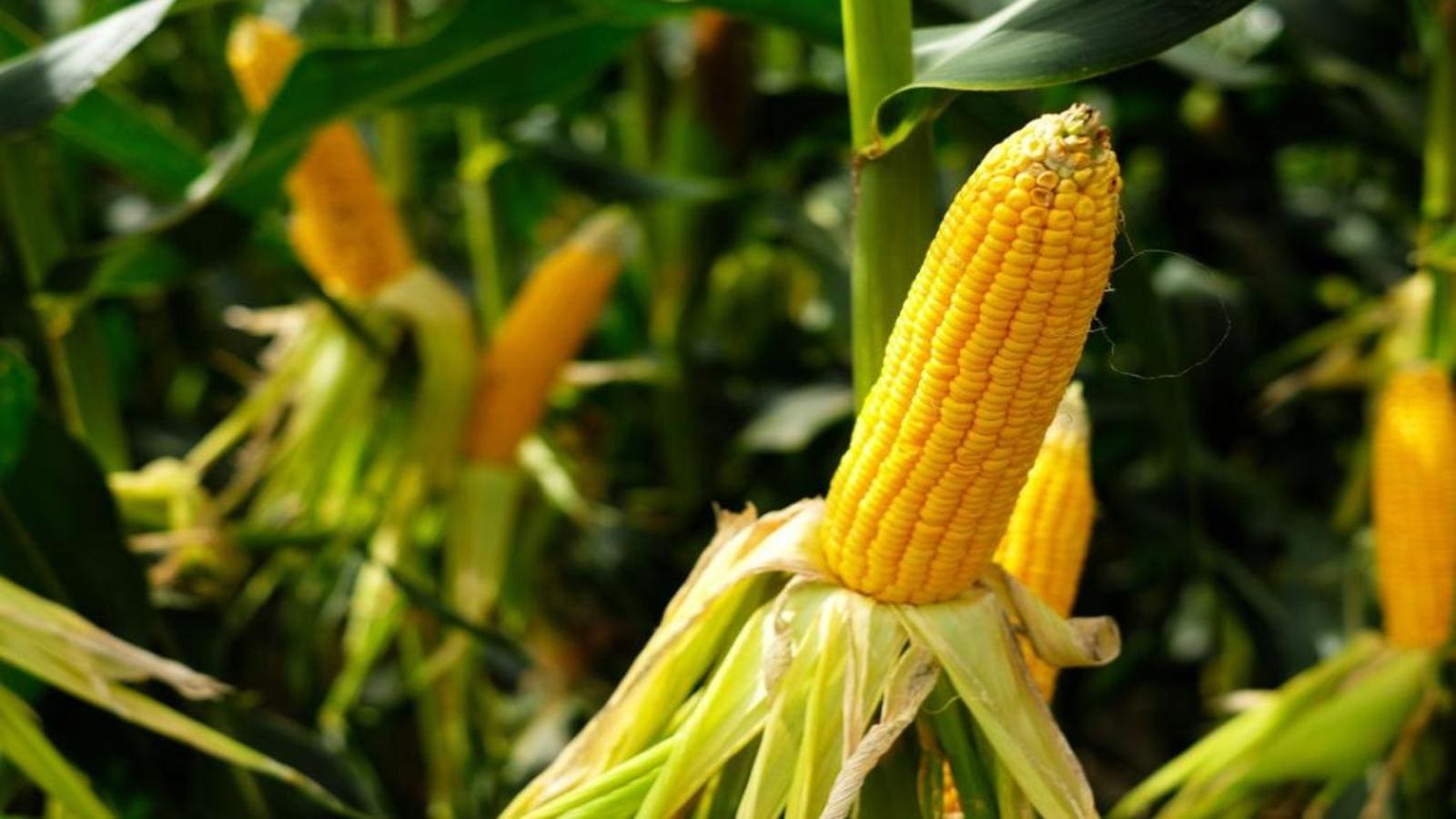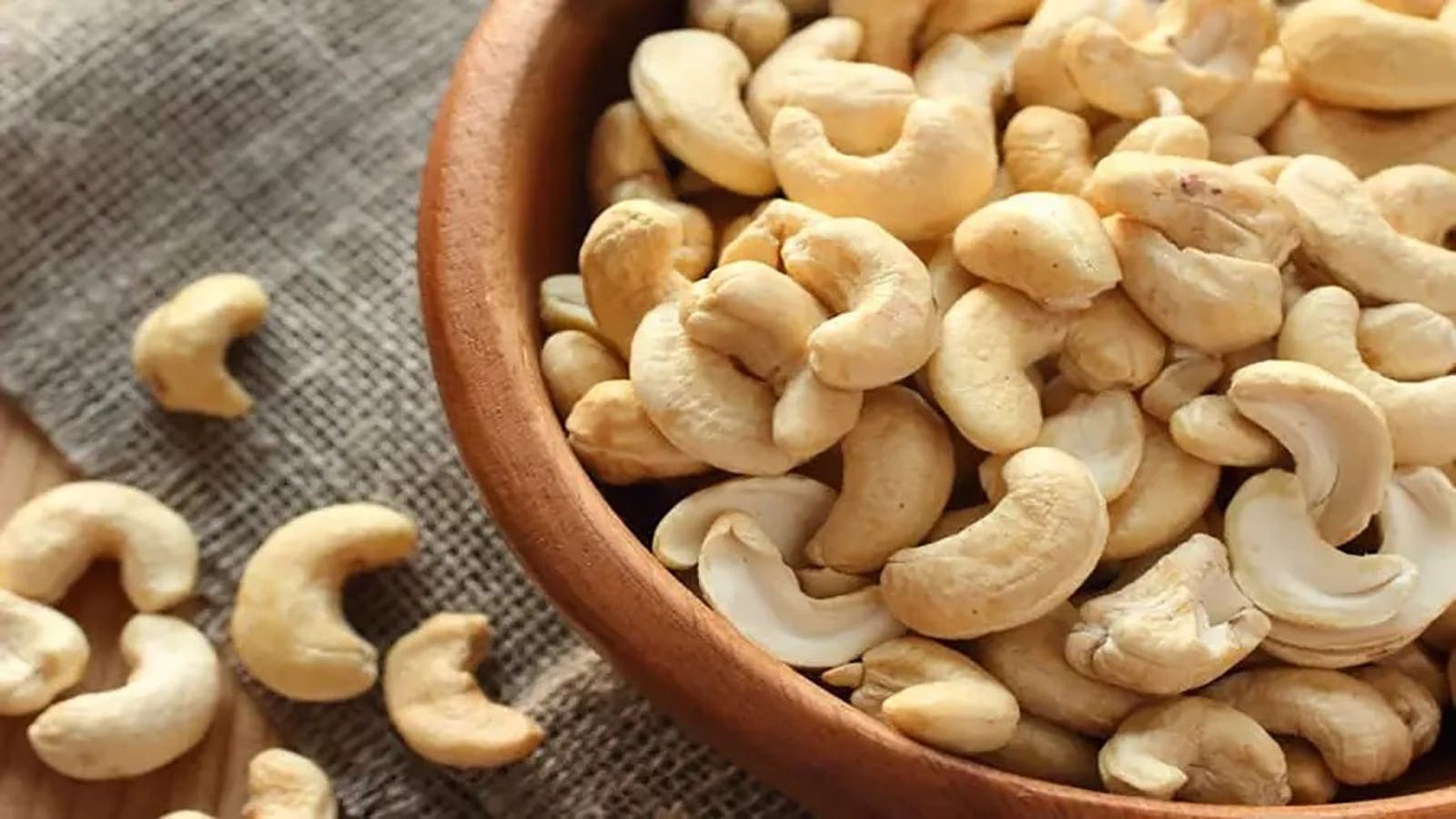GLOBAL – The global alcohol beverage market has boomeranged after many countries eased the COVID-19 restrictions and is now worth more than US$1 trillion, according to recent data from drinks research firm IWSR.
Recent figures from 2021 show that the alcoholic beverage market grew by 12% in 2021 to reach US$1.17 trillion, making up for COVID-19-driven value losses of 4% in 2020.
The research firm which specializes in data and analysis of the beverage alcohol market also highlighted that total alcohol volume grew by 3% in 2021, after losses of 6% in 2020.
IWSR now forecasts the compound annual volume growth of just above 1% for total alcohol beverages over the next five years, as Covid restrictions continue to be eased.
The underlying consumer trends that continue to provide tailwinds for the global alcohol beverage market include ‘better for me’ consumer drivers, such as moderation, ingredient quality, and functional benefits.
Furthermore, the ‘better for the world’ values, including sustainability and social equality; and online interaction, both via e-commerce and social media, as well as new ways to engage through NFTs and the metaverse, will also impact growth.
IWSR forecasts that the global alcohol beverage market will surpass 2019 volumes within the next two years.
Beer, cider, and international spirits are yet to reach the 2019 volumes but they have all met or surpassed 2019 levels in value terms.
Wine has also surpassed 2019 value levels, though overall global category volumes are expected to continue on a downward trajectory, IWSR data showed.
With premiumization unabated, the data pointed out that millennials, and in some cases Gen Zs, who are amongst the highest spenders on wine in markets such as Australia, Sweden, the US, and the UK, will continue to drive its growth.
No/low-alcohol category: the new growth frontier
Meanwhile, the no/low-alcohol category has grown by over 10% in 2021 and will continue to grow over the next five years, albeit from a relatively low base, according to the drinks research company.
IWSR defines no-alcohol products as wine, spirits, beer/cider, and RTDs with an alcohol content below 0.5% ABV.
The category also includes alcohol-adjacent products, which are alcohol replacements below 0.05% ABV. Low-alcohol products have an alcohol content above 0.5% ABV, but lower than normal for the category.
The growth of this category is linked to consumer interest in reducing alcohol consumption, though not necessarily cutting it out altogether.
IWSR also added that the sober-curious drinkers and moderate drinkers opting for no/low alcohol drinks as replacements for full-strength beverages on certain occasions continue to bolster this market segment.
Notable growth last year came from the no-alcohol spirits segment in the UK where volume increased by over 80% in 2021, after tripling in size in 2020.
The category also saw overall volume growth of over 30% in the US market, bringing its total market value to over US$2 billion in 2021.
Liked this article? Subscribe to Food Business Africa News, our regular email newsletters with the latest news insights from Africa and the World’s food and agro-industry. SUBSCRIBE HERE.











